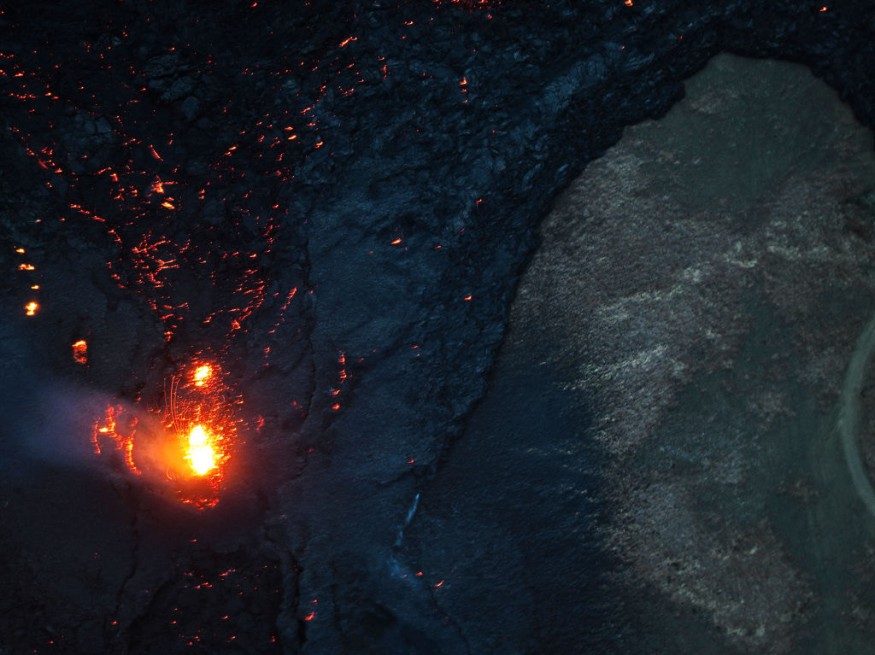
Two lava-spewing fissures opened up close to Grindavík and destroyed three houses inside the town. With this, experts warn that new volcanic eruptions may take place at any time.
Volcanic Eruptions in Iceland
The Met Office of Iceland has warned that more volcanic eruptions could hit the Reykjanes Peninsula in the coming days or weeks. Last Sunday, two new fissures showed up in the country's south, close to Grindavík. These fissures ended up destroying three houses.
Volcanologist David Pyle from the University of Oxford explains that they have not been able to witness such an occurrence on the Reykjanes Peninsula in the last 800 years. However, at present, five small eruptions have taken place in the area in a span of just three years.
The most recent eruption came after a strong series of small quakes and ground deformation during Sunday morning's early hours. This was before lava blasted from the ground through a 900-meter fissure just before the clock hit 8 a.m. Another fissure spanning 100 meters also opened next to the first one, on Grindavík's outskirts.
Based on a translated statement released by the IMO (Iceland Met Office) last Monday, lava flows from the fissure that is near Grindavík seemingly stopped, while the bigger one to the north has significantly slowed down. However, some magma movement appears to still continue under Grindavík.
Data is being reviewed in order to know more about what is taking place under the surface.
No Signals; Possible Eruptions
Representatives noted in the statement that it cannot be ruled out that other fissures may open up without any prior signals or warning. This was the case for the fissure that opened up by Grindavík's border on Sunday. There were no seen signals in the measuring instruments that were linked to any particular eruption.
According to natural-hazard specialist Lovísa Mjöll Guðmundsdóttir from the IMO, the possibility that more eruptions may occur cannot be excluded. GPS data reveals that more magma is flowing into the chamber. With this, there is a possibility that more fissures could open up.
Recent Eruptions
Signals of a coming volcanic eruption in Iceland started in November 2023, following a 15-kilometer magma dike formed in the northeast of Reykjanes Peninsula to Grindavík and right into the sea. This prompted residents of Grindavík to evacuate.
On December 18, the volcano blasted and erupted. This sent magma plumes of up to 30 meters right into the air. Volcanic activity then slowed down and ceased within a couple of days.
Pyle explains that area uplift around Savrtsengi throughout January, December, and November all show that magma was flowing into a storage region in the crust and that the ground was resultantly pushed. The December eruptions and the ones that took place this week were from a fissure/dyke system that is believed to have been granted supply from magma in this specific storage region. Pyle explains that it is likely that as more magma keeps on arriving at Svartsengi, eruptions from the fissure system could continue.
Reykjanes Peninsula eruptions come as part of a volcanic cycle lasting 1,000 years and that could go on for centuries.
RELATED ARTICLE : Iceland Volcano Erupts After Weeks of Heightened Seismic Activity, Forcing Thousands To Flee
Check out more news and information on Environment & Climate in Science Times.
© 2025 ScienceTimes.com All rights reserved. Do not reproduce without permission. The window to the world of Science Times.










